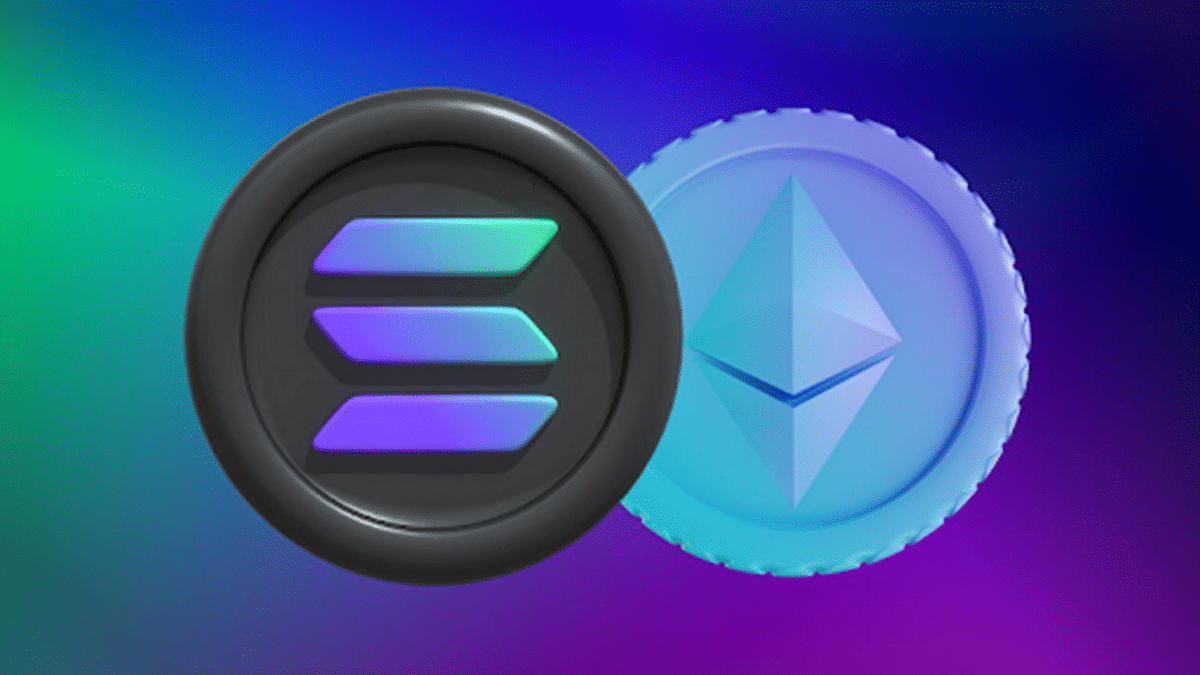In the ever-evolving landscape of blockchain technology, two names frequently surface as forerunners in the race towards decentralized excellence: ethereum and Solana. Both networks have uniquely contributed to pushing the boundaries of what blockchain can achieve, setting new standards for scalability, security, and user experience. Lately, an intriguing development has emerged—a noticeable shift in the balance of fee generation between these two blockchain giants. This trend not only underlines the competitive nature of the blockchain ecosystem but also signals an evolving user preference and market dynamics.
ethereum, known for its pioneering role and extensive adoption, has long been the leader in fee generation, a critical indicator of network use and demand. However, recent analysis reveals that Solana is swiftly closing this gap, showcasing impressive growth and an increasing share of the blockchain market.
ethereum Fee Dominance and the Role of Layer 2 Solutions
ethereum‘s fee structure has seen a significant transformation, with fees plummeting by an astonishing 99% since March. Despite this dramatic decrease, ethereum‘s Layer 1 (L1) network has managed to outperform Solana by generating seven times more fees over the past year. This remarkable feat emphasizes ethereum‘s strong foothold in the blockchain realm.
Yet, the methodology of comparing these two networks invites debate. Should the analysis include Layer 2 (L2) scaling solutions, which are designed to enhance ethereum‘s capacity by handling transactions off the main chain? When these L2 solutions are taken into account, ethereum‘s lead broadens, with its ecosystem generating nine times the fees that Solana does.
This disparity highlights the critical role of L2s in ethereum‘s ecosystem, significantly contributing to its fee generation and showcasing its extensive network effect. Nevertheless, when focusing solely on recent months, Solana has demonstrated formidable growth, generating 50% of ethereum‘s L1 fees in the last 90 days. This shift indicates Solana‘s rising prominence in the blockchain industry.
Furthermore, a comparison of Solana to ethereum’s top L2 solutions over the past year reveals that Solana has outperformed ethereum‘s L2s by generating 35% more fees. This data not only underscores Solana’s competitive edge but also its growing traction within the blockchain community.
The analysis of current trends and performance metrics serves as a vital tool for understanding the dynamic rivalry between ethereum and Solana. As the blockchain arena continues to mature, such metrics offer valuable insights into each network’s operational efficiency, user adoption rates, and overall ecosystem vitality.
In the broader context of digital asset acceptance, the role of traditional financial institutions becomes increasingly significant. The recent approval by the Dubai Financial Services Authority for Standard Chartered to offer custodial services for bitcoin and ethereum is a testament to the growing institutional embrace of cryptocurrencies. This development marks a pivotal shift in the adoption trajectory of digital assets, reinforcing their potential to remodel the financial services landscape.
Simultaneously, shifts in the behavior of ethereum holders suggest a changing tide in market sentiment. With these whales adjusting their strategies, the blockchain market may be poised for increased activity and redistribution, offering fresh opportunities for both networks.
In conclusion, the competitive dynamics between ethereum and Solana exemplify the vibrant and rapidly evolving nature of the blockchain industry. While ethereum continues to lead in terms of fee generation, Solana‘s remarkable growth trajectory and competitive performance against ethereum’s L2s highlight its potential as a major player in the blockchain ecosystem. As the landscape further diversifies and new technologies emerge, the interplay between these networks will undoubtedly remain a focal point of interest, driving innovation and shaping the future of decentralized systems.
—
